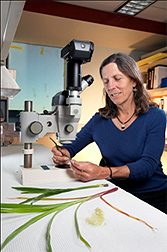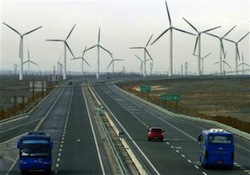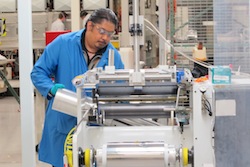 A Minnesota teenager has cited personal family ties in her winning essay on biodiesel. Morgan Dahl, a 2012 graduate of Greenbush-Middle River High School, won first place in the Reuben Youngerberg Memorial Biodiesel Essay Scholarship, an annual scholarship open to all high school seniors in Minnesota.
A Minnesota teenager has cited personal family ties in her winning essay on biodiesel. Morgan Dahl, a 2012 graduate of Greenbush-Middle River High School, won first place in the Reuben Youngerberg Memorial Biodiesel Essay Scholarship, an annual scholarship open to all high school seniors in Minnesota.
In her essay, Dahl talked about being raised on a family century farm and the loss of her grandmother in 2009 to Bronchial Alveolar Carcinoma. While the exact cause of her grandmother’s rare form of non-smoking cancer aren’t known, Dahl said they do know it was something in the air or environment, and she believes “that the use of biodiesel may reduce the risk of being afflicted by cancer or other devastating diseases.”
Dahl, the daughter of Donavon and Laura Dahl of Middle River, Minnesota, will receive a $1,600 check from the American Lung Association in Minnesota, which recognizes biodiesel as a “clean air choice” fuel. She plans to attend the University of North Dakota and seek a degree in Early Childhood Education, with a focus on Special Education.
“I would like to thank the American Lung Association of the Upper Midwest for giving me the opportunity to receive this scholarship, and for selecting my essay as the first place winner,” Dahl said. “The scholarship will definitely help pay for my college expenses. It truly means a lot to me.”
Second-place essayist Laura Winters, a recent graduate of Schaeffer Academy in Rochester, Minn. receives a $500 award. Her compelling argument for biodiesel pointed out that too much imported petroleum comes from areas of the world that are either unstable or unfriendly to the U.S., and “it seems prudent and logical to decrease our dependence on them for a product that is vitally important to our infrastructure.”
The Minnesota Soybean Research and Promotion Council sponsors contest, with additional contributions from the Minnesota Soybean Growers Association, MEG Corp, National Biodiesel Board and the Renewable Energy Group.










